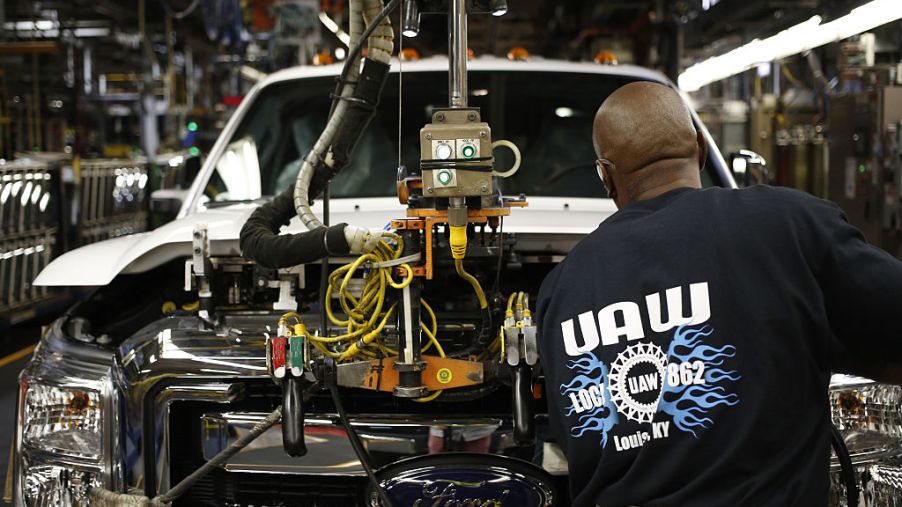
Incentives Good For Customers Bad For Ford
Slammin’ money on the hood is no way to sell cars, just ask Ford. Sure, incentives move the iron, but at what cost? They’re good for customers and bad for Ford. If you wonder, now you can look at Ford’s third-quarter earnings for 2019 and judge for yourself.
Ford’s third-quarter 2019 earnings are down. It’s blaming those lower earnings on new trucks from competitors and clawing higher shares for Ranger and Edge crossovers. It is also spending heavily as it plans on having 75% of its vehicles updated by the end of 2020.
It recently spent $500 million on an alliance with Rivian, the all-electric truck maker currently developing a pickup and SUV. This is an effort to jumpstart electric truck technology at Ford. It has also spent heavily as it nears the production of its all-new F-150 and Mustang SUV variant.
Ford Net Profit Falls 57% Third Quarter
Now Ford is lowering projected 2019 earnings by $500 million to $7 billion. That means its net income fell by 57% to $425 million for the third quarter. So, if Ford is spending on product how do incentives play into this?
Before you can invest in products and production, you have to make money on current products first. Ford has been increasing incentives to help pave the way to sales. Incentives eat directly into profits. So what is meant by “incentives?”

Take the Ranger. A bit over 12% of the transaction price for a new Ranger comes from factory incentives. That’s double the average for midsize pickups at 6.2% according to data that Automotive News has crunched. If you think that is a lot, look at Edge incentives.
The incentives for the Edge are 23% of the average transaction price compared to the crossover segment average of 11%. When all of the incentives Ford hands out are added up, it is at 13.7% compared to the industry average of 11.8%.
Ford Incentives Protect Or Grab Market Share
Michelle Krebs from Autotrader says, “We’ve seen incentives gradually increasing. There are two main reasons you use incentives: You either do it to protect market share or grab market share. I don’t know if Ford underestimated the battle and the dip in retail demand? I would have thought they would have expected it.”
While hopes were high for the Ranger’s return in the US, it was expected to be all-new. Of course, it’s a freshened Ranger sold elsewhere since 2015. So some customers have been disappointed, especially for the list price reflecting what an all-new model should sell for.
Ford Incentives Not The Problem?
So are incentives the problem at Ford? Well, Ford president Joe Hinrich has come out and said the big quarterly dip is because of warranty costs from the faulty dual-clutch transmissions in the Focus and Fiesta sedans. Both models have been discontinued. So now you can add this cost to the bleeding.
Ford CEO Jim Hackett has come out quickly to calm investors’ concerns. He says Ford executives have a handle on costs. But it might be some time before profits increase Ford’s bottom line. “The product development process has been redesigned,” he says. “The benefits of all that are in the next generation of Ford products.”



